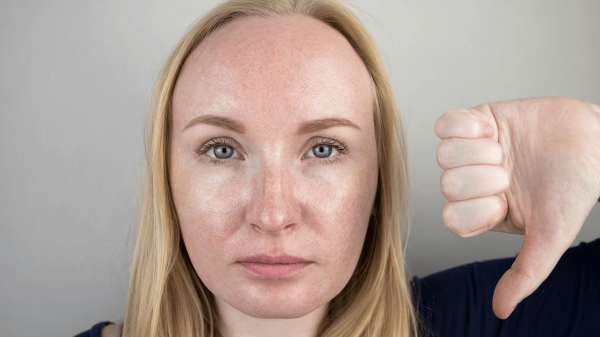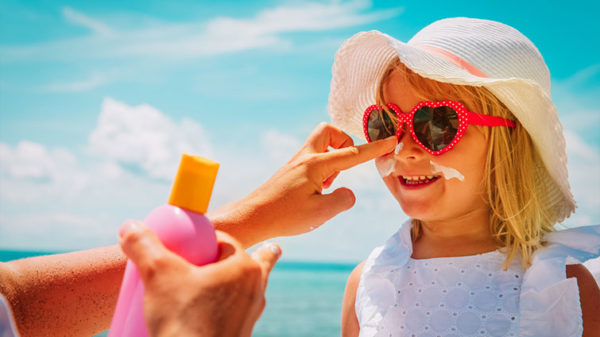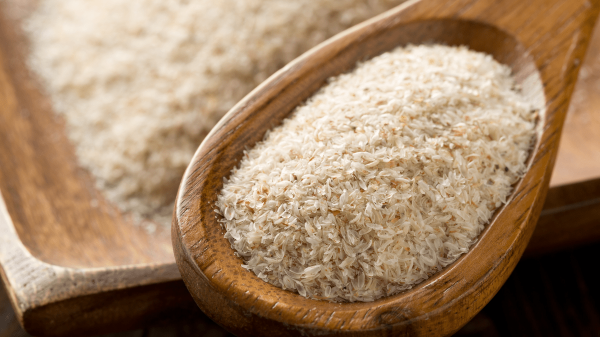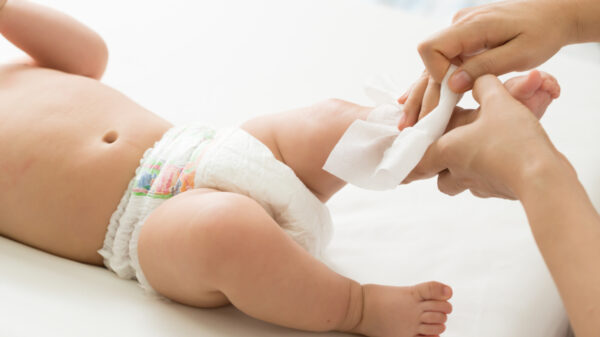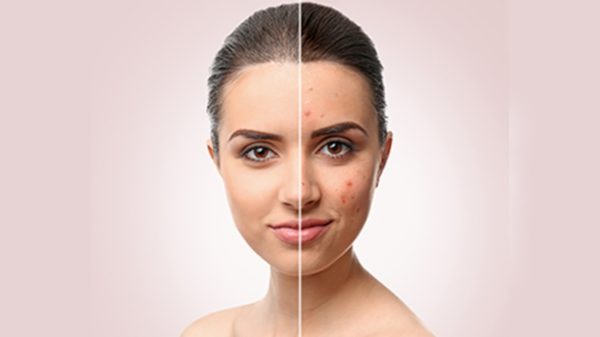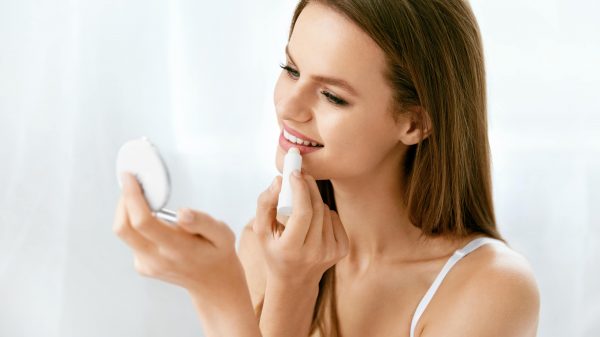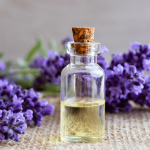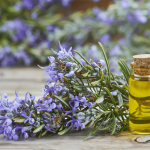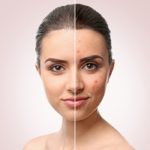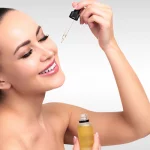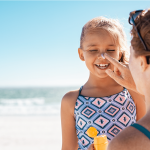Athlete’s foot is a fungal infection on the upper layer of the foot skin, specifically when the upper layer of the skin is moist, irritated, and warm. It is also called the tinea pedis foot ringworm. Trichophyton is the fungus that causes the foot of athletes and is commonly found on floors and in clothes.
The foot of an athlete infects the skin only when certain conditions are fulfilled, for instance, when the inside of a shoe has a warm and moist environment. As a result, just 0.75% of people who walk regularly are affected by this. But at some stage, up to 70% of people can develop the foot of an athlete. The foot of the athlete grows most often between the toes. It normally burns, stings have redness and itches. In certain people, it also causes the flaking of skin.
Fungal infection
This type of fungal infection is found one of the most common. Despite the fact it is contagious, the foot of athletes can normally be treated with Over Counter (OTC) medications. People with a weak immune system or diabetes can see a doctor as soon as the athlete in the foot grows.
Symptoms of athlete’s foot
The symptoms of an athlete’s foot are;
- Skin will become dry, flaky, red, cracking, and scaly.
- Skin cracks can be crusting, swelling, oozing, and itchy.
- The sole side of the foot can have scaling patterns.
Causes of athlete’s foot
- Trichophyton, the athlete’s foot fungus, is a dermatophyte linked to another fungus that causes human skin, hair, and nails to develop infections. On human skin, these fungi exist without any harm. Their reproduction is limited as long as the skin is dry and clean. But they multiply quickly in warm and damp conditions.
- Thick, narrow shoes tend to cause the athlete’s foot, as the toes are squeezed together, providing the perfect conditions for the fungus to grow. Experts believe that the growth of athletes foot is more inclined while using plastic shoes, which are warm and the feet are moist in them, in contrast to other materials such as canvas or leather. If the socks are moist and the feet are wet, the risk of athlete foot development becomes greater.
- The spread of this contagious disease can be through the direct or indirect spread.
- Direct contact is the contact of skin to skin. The contact with an infected area of an individual can result in the development of the athlete’s foot to the person in contact with it.
- Indirect contact, the fungus can infect humans through contaminated surfaces, sharing of clothes, socks, shoes, towels, and bedsheets.
- This fungus is contagious and spreads in communal showers and swimming pools. These are usually wet and warm areas. People with weak immune systems are more vulnerable to develop fungus in the foot.
Treatment of athlete’s foot
If the patient has only mild symptoms of athlete’s foot, then there is no need to see a doctor. Different OTC medicines can clear the infection.
But if the patient has severe symptoms of athlete’s foot, then the antifungal medications are recommended, such as
- Powders
- Liquids
- Sprays
- Tablets
- Creams
Pharmacists can recommend given antifungal medications also:
- econazole
- miconazole
- ketoconazole
- terbinafine
- clotrimazole
- sulconazole
Prevention
- Wear shower shoes or sandals when you are walking around pools or locker areas. The fungus that causes the foot of the athlete can be spread on the floor. It is also essential to wear shower shoes or flip flops even when you take a shower in a gym.
- Keep your feet dry. In warm, moist areas, like the one formed by sweaty shoes, this fungus grows. Sandals or flip flops are helpful if the outside is sunny. Shoes made of plastic and rubber materials are more likely to cause sweating.
- Wash feet daily with soap and keep them dry.
- Wear socks made of fabrics that dry immediately. Make sure that your socks are changed every day and specifically when they are wet.
- Keep your shoes clean and dry with the help of shoe spray.
Best shoe spray
One of the best shoe sprays are;

